Search
for
Did you mean Antitumor agent?
Learn
5 / 5 resultslearn Stem Cell Factor
learn Neem Oil
natural substance from Neem tree with medicinal and pesticidal properties
learn Osteopontin
signaling protein that, when suppressed, may grow hair by reducing inflammation and stem cell loss
learn Vascular Endothelial Growth Factor
Research
5 / 1000+ results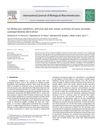
research 5α-Reductase Inhibitors, Antiviral and Anti-Tumor Activities of Some Steroidal Cyanopyridinone Derivatives
Some newly made compounds are promising for treating enlarged prostate, hair loss, viruses, and prostate cancer, and might be better than current drugs.
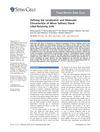
research Defining the Localization and Molecular Characteristics of Minor Salivary Gland Label-Retaining Cells
The study found stem cells in minor salivary glands that can differentiate and are involved in tumor formation when exposed to tobacco.
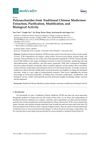
research Polysaccharides from Traditional Chinese Medicines: Extraction, Purification, Modification, and Biological Activity
Substances from Chinese medicines show promise for immune support and disease prevention, but the way they are processed affects their effectiveness.
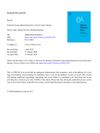
research Potential of Nano-Phytochemicals in Cervical Cancer Therapy
Nano-sized plant-based chemicals could improve cervical cancer treatment by being more effective and causing fewer side effects than current methods.
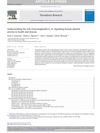
research Understanding the Role of Prostaglandin E2 in Regulating Human Platelet Activity in Health and Disease
Prostaglandin E2 affects human platelet activity in complex ways that could lead to personalized heart disease treatments.
Community Join
5 / 79 resultscommunity Hair loss research is a money grab
Hair loss is linked to DHT, with treatments like finasteride and minoxidil being common but not definitive. Economic interests influence research, and there is potential for new treatments like PP405 and RU58841.
community Physio-metabolic method of treating androgenic alopecia. Cold receptors. The relationship between DHT, cold receptors, minoxidil and antiandrogens.
A method for treating androgenic alopecia using minoxidil, antiandrogens, exercise, and cold exposure to promote hair growth. Environmental factors and lifestyle changes, like diet and exercise, can improve treatment effectiveness.
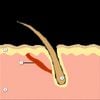
community Physio-metabolic method of treating androgenic alopecia. Cold receptors. The relationship between DHT, cold receptors, minoxidil and antiandrogens
Treating androgenic alopecia with minoxidil, finasteride, and antiandrogens, alongside exercise, cryotherapy, and natural substances to stimulate cold receptors for better hair growth. The method focuses on enhancing treatment effectiveness by considering environmental and behavioral factors and the role of cold receptors and muscle stress.

community Compressed part of research of theory of androgenic/anabolitic balance. AGA h-responders analytic. Theory of physio-metabolitic method of anti AGA treatment
The treatment for androgenetic alopecia involves using finasteride and minoxidil with intense exercise and cold exposure to boost metabolism and reduce androgenic effects, potentially leading to hair regrowth. This approach may activate biological pathways for improved hair and overall health.

community If You Have DUPA, PLEASE READ THIS: Everyone Should Be Scalp Biopsied
Scalp biopsies are crucial for diagnosing hair loss conditions like Diffuse Unpatterned Alopecia (DUPA) and retrograde hair loss, as treatments like finasteride and dutasteride may not be effective if other conditions are present. Combining PPAR-GAMMA agonists with retinoids could improve treatments for conditions like Lichen Planopilaris.